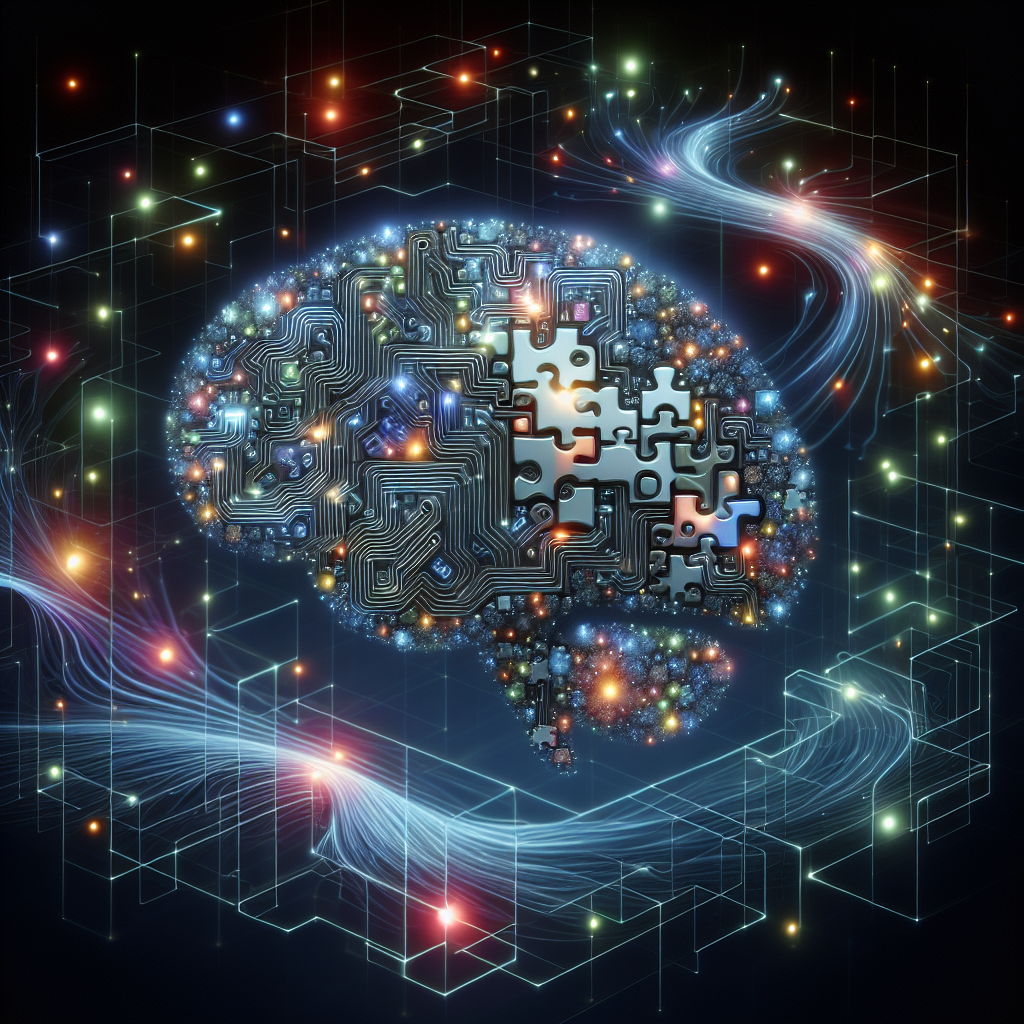Cracking the Code: How Recursive Decomposition Boosts AI’s Logical Reasoning

Cracking the Code: How Recursive Decomposition Boosts AI’s Logical Reasoning
Artificial Intelligence (AI) isn’t just about making machines solve problems; it’s about making them think. Large Language Models (LLMs) like ChatGPT are impressive when it comes to spitting out human-like text, translating languages, and even writing essays. Still, they have their Achilles’ heel: complex reasoning tasks like math problems or following logical steps to a conclusion. That’s where Recursive Decomposition of Logical Thoughts (RDoLT) swoops in like a superhero to save the day. This groundbreaking technique could change how machines think and reason, not just spout facts.
What Makes LLMs Tick, and Where Do They Fall Short?
The Rise of Large Language Models
Large Language Models have come a long way. They’re trained on mountains of data to mimic how humans speak and think. Whether you’re asking them to summarize a document or have a chat, they’re pretty good at making the interaction feel genuine. This brilliance places them at the forefront of industries like healthcare, education, and law. But, when the task shifts from stringing together words to connecting the dots logically, these models stumble a bit.
The Logical Gap
Imagine asking a language model to solve a math puzzle or deduce a conclusion from a chain of events. It’s like asking a poet to do math—possible but not innate. Existing methods try to guide these models through what’s called “prompt engineering.” Techniques like Chain-of-Thought (CoT) and Least-to-Most (L2M) prompting have attempted to make models better thinkers by breaking down the tasks into chunks. They’ve shown promise but aren’t quite the magic bullet; they still lead to “hallucinated” or incorrect answers often when tasks are logically complicated.
Enter RDoLT: Making Machines Think like Humans
Break It Down!
RDoLT takes a new angle. Think of it as breaking down a big, messy problem into a series of smaller, neat puzzles. It tackles tasks in stages—easy, intermediate, and complex—each with multiple thoughts or solutions to consider. It’s also got a smart scoring system to sift through these thoughts, keeping the useful ones and learning from the weak ones. This approach mirrors how you might tackle understanding a complicated topic: start simple, build up complexity, and learn from every mistake and success along the way.
A Human Touch in AI Thinking
What’s cool about RDoLT is how it mimics human learning by tracking both successful and unsuccessful thoughts. Unlike its predecessors, it doesn’t just toss out ideas that didn’t work the first time. Instead, it keeps them filed away for future reference. Imagine starting a project, and halfway through, revisiting an idea you scrapped earlier, only to find it now fits like a glove—that’s the RDoLT way.
RDoLT in Action: Real-World Reasoning
Put to the Test
To see how RDoLT stacks up, researchers put it through the wringer by testing it on various benchmarks like GSM8K and SVAMP, which push AI’s reasoning limits. On average, RDoLT outperformed other techniques by up to 6%, setting a new gold standard in logical reasoning for AI. Whether it was basic arithmetic or complex thought chains, RDoLT showed it can handle the pressure.
Making Sense in the Real World
The potential for RDoLT is immense. In fields like law and medicine where precise, logical reasoning is paramount, RDoLT could ensure AI provides more reliable and legally sound recommendations. In education, it could help AI tutors offer more accurate, step-by-step guidance, mirroring how a teacher would walk a student through understanding a complex topic.
The Setup: What’s the Secret Sauce?
The secret behind RDoLT is a combination of dynamic thought selection and meticulous tracking of the logical process. It utilizes a smart scoring system assessing Logical Validity, Coherence, Simplicity, and Adaptiveness, akin to critiquing the steps of a problem-solving process. This ensures that the best logical threads are carefully selected and that even weaker thoughts have their time to shine when the context changes.
Key Takeaways
Let’s wrap up with what you’ve been dying to hear—the big takeaways:
-
Better Thinking in Machines: RDoLT breaks complex tasks into manageable parts and systematically improves LLM reasoning, much like a human would.
-
Versatility Across Tasks: It shows promise across a suite of reasoning challenges, proving to be flexible and scalable.
-
Human-Like Learning: By maintaining a wealth of both successful and scrapped ideas, RDoLT gets smarter over time, similar to human learning.
-
Real-World Applications: Though primarily tested in structured tasks, its concepts lay groundwork for real-world applications in law, education, and beyond.
-
Ongoing Challenges: While RDoLT shines on benchmark tests, real-world adaptation might still require tweaks to ensure it translates well in different domains and stays scalable.
RDoLT is reshaping how machines think, from just crunching data to understanding and processing logic more effectively. As AI continues to get smarter, these advancements in reasoning and thinking are steps in humanity’s quest to build truly intelligent systems. Keep an eye on this space—you might just find machines that not only answer what you’re asking but also understand why you’re asking it!
If you are looking to improve your prompting skills and haven’t already, check out our free Advanced Prompt Engineering course.
This blog post is based on the research article “Recursive Decomposition of Logical Thoughts: Framework for Superior Reasoning and Knowledge Propagation in Large Language Models” by Authors: Kaleem Ullah Qasim, Jiashu Zhang, Tariq Alsahfi, Ateeq Ur Rehman Butt. You can find the original article here.




